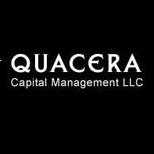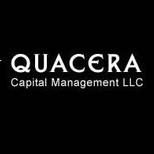 Author: John King, Quacera
Author: John King, Quacera
Covestor model: QPM Radar
Disclosure: None
The bullish argument for stocks at this stage is based in large part on rising profits – indeed, after tax U.S. corporate profits are at all time highs. This is occurring at the same time that the U.S. and world economies are suffering from an excess of debt and looming stagflation.
The downturn in which we find ourselves illustrates the resilience of corporate America and its ability to adjust operations and withstand debt collapse. Successful managers have cut costs across the board, especially in labor, and have been able to recover to profitability quickly. Investor psychology does not correct at the same pace. Stock prices and P/E ratios tend to bottom simultaneously, with P/Es below 10x earnings. With the current P/E ratio at 13.45, we suspect it will be some time before we see the actual bottom of this bear market. We could easily see earnings on the S&P 500 continue to climb while the market stagnates. At 10X current earnings – reported at $84.13 in June 2011 – we would not be surprised to see the market reach the mid 800s. At 5x, the risk is to the low 400s. if 2012 is a good earnings year, say a 20% increase, the risk range is still to S&P at 500 -1000.
But what if earnings have peaked? There is not much room for additional cost cutting at a time when labor cost as a percentage of GDP is near the lowest point in 50 years. We also have a Pew Research report that shows 37% of young households have zero or negative net worth. Local governments, which have provided a large portion of GDP wages, are shedding employees and savings rates among the middle class are near zero. Where is the continued consumption to come from?
It would not be surprising or unprecedented to find the markets in a protracted trading range. The recent spectacle of volatility in the S&P between 1075 and 1290 is a reminder that we have seen this sort of thing before. In the 1965 – 1982 market, the Dow traded in a narrow range between 577 and 1051, making 17 reversals within the range on low volume but with furious volatility. All the while, corporate earnings improved and we finally broke out in 1982 with the S&P at 8.1X earnings and a yield of about 5.5%.
Our QPM Radar ended the month at 68.9% positive, down from 74.64% at the end of October.
Sources: Standard & Poor’s; Robert Shiller, Yale Department of Economics; BLS; Stern School, NYU


